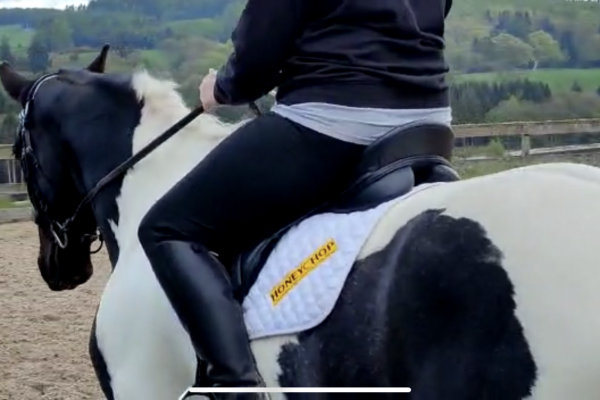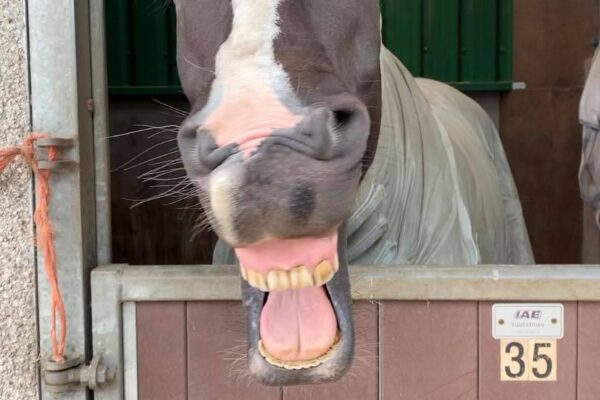Mallenders and Sallenders
Most commonly affecting heavy breeds, including cob types and draft horses, Mallenders and Sallenders are the terms given to the same skin condition, affecting different areas on the horse’s body. Mallenders are the term given to these scabs on the hind legs, to the front of the hock joints and sallenders occur behind the knee on the forelegs.
They appear as thickened scabs on the horse’s legs and they are a result of over-production of keratin in the body (hyperkeratosis, caused by inflammation due to the movement of mites). These can be very painful for the horse and if left untreated, the scabs can crack and pose risk to a secondary (bacterial or fungal) infection and even lameness in severe cases.
Mallenders and Sallenders are notoriously difficult to treat due to the location on the horse’s body – being right on a joint means they are subject to repetitive movement and therefore can crack and reopen continuously.
The only proven and effective treatments are either a moxidectin or ivermectin leg wash, prescribed by your vet, however, many horse owners believe that diet plays a significant role in the severity of the scabbing and by carefully adapting the diet, the condition can improve. It’s commonly reported that prone horses can get a flare up in early spring time, believed to be related to the sudden grass growth in the UK. Similarly, a high sugar and starch diet is believed to attribute to further irritation and some horse owners even suggest alfalfa is best avoided also.
Biotin (vitamin B7) is a water soluble vitamin and essential for several metabolic processes in the body – a deficiency is often linked to brittle hair and nails in humans and similarly in horses who have poor hoof quality. Some horse owners believe that supplementing biotin or feeding concentrate feeds with added biotin, could cause an over stimulation of keratin and thus lead to the formation of mallenders and sallenders, however there isn’t any evidence to indicate that removing biotin from the horses diet will improve the condition and potentially could make it worse.
If you suspect your horse is developing Mallenders or Sallenders, or the condition isn’t improving, please seek advice from your Vet.





